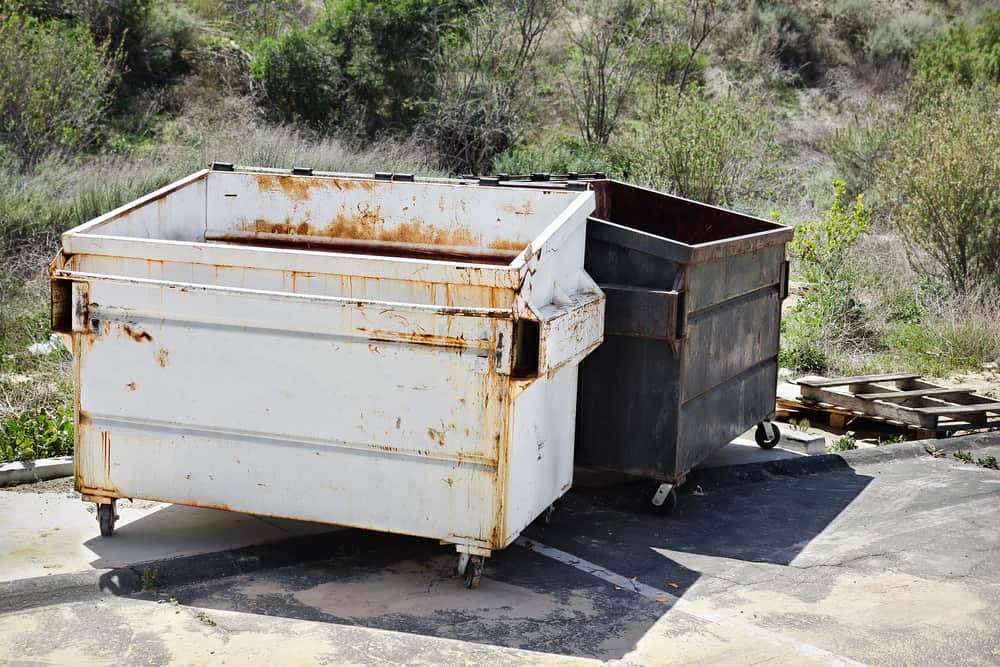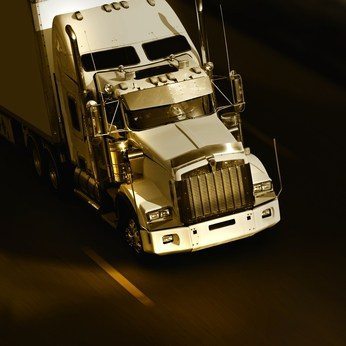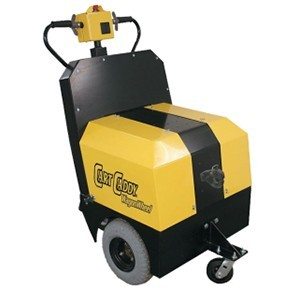
Routine trash removal from multifamily properties, office buildings, and industrial facilities can be an unpleasant and even dangerous job. Trash loads vary by size and weight, making the trash room the most likely area for worker injuries in a multifamily property.
Many of those injuries are fall-related or strains that occur when someone is manually trying to move a heavy dumpster. A battery powered dumpster caddy from DJ Products can significantly reduce the risk of injury and maximize manpower by enabling one person to easily move heavy trash containers.
Other safety tips for maintenance staff
Commercial trash often includes hazardous materials such as broken glass and other sharp objects. Provide your maintenance staff with proper personal protective equipment such as safety glasses and work gloves. Signage should clearly indicate that no smoking is allowed in the trash area and that only authorized personnel are to handle the trash and move dumpsters. The dumpster area should be secure and well lit to prevent trespassing.
Maintain waste containers and the trash area
Damaged trash receptacles should be repaired or replaced. Properly closed lids will deter pests. Workers should avoid lifting waste containers or trash bags above their heads when putting them in dumpsters. You may need to build a platform to elevate workers above dumpster openings to prevent lifting injuries. Keep a fire extinguisher near the trash area and keep the area free of potential trip hazards. It’s a good idea to sweep the entire area each week after trash collection.
A powered dumpster caddy from DJ Products helps your company operate more efficiently and safely. Contact us to speak with one of our courteous and knowledgeable sales engineers about which battery-powered trash mover is best for your facility.





